Table of Contents
Unpacking the Central Idea: Understanding Conflict and Resolution
Equipping the Next Generation with Conflict Resolution Tools
For our first unit of the year, Sharing the Planet, grade 4 began inquiring into the causes of conflict and various strategies to resolve them. During the unpacking of our Central Idea: ‘Reaching a Resolution During Periods of Conflict is Influenced by the Actions of all Involved’, we discovered the concepts causation (what is it like?), function (how does it work?), and reflection (how do we know?) were the most evidently represented and how they gave rise to our lines of inquiry (causes of conflict, kinds of conflict, how they can be resolved, and consequences of resolution/non-resolution).
To begin their inquiry into conflict and conflict resolution, grade 4 participated in numerous activities such as Kagan structured vocabulary activities, K-W-L charts, and ‘Freeze Frame’ skits. As part of our UOI/Bahasa integration, grade 4 took a journey to downtown Surabaya to visit several important historical sites that are connected to Indonesia’s struggle for Independence (Merdeka!). Grade 4’s next big step in the unit is to begin exploring the various ways that conflicts (once identified) can be successfully resolved. Don’t be surprised to see your child actively using some of these strategies at home.
As I am sure we can all agree, conflict is something that we all encounter in our daily lives. From small things such as disagreements on the playground to bigger global issues as can be seen in Syria and most recently Hong Kong and Papua, for example. It is our responsibility as educators to provide students with the strategies, tools, and necessary practice to not only solve their own immediate personal problems but to also provide a solid foundation for solving more complex problems in the future.
Explore resources for teaching conflict resolution strategies to children at Teaching Tolerance.
Fostering Global Mindedness: Integrating PYP Learner Profile Attributes
Many of these strategies and tools are quite easy to discover with a simple internet search. However, as we see from global as well as recent local events, we (adults) are not always successful. Research has shown that many student conflicts are often primarily brought to the teacher for arbitration or managed with ineffective strategies that generally made the conflicts worse. By teaching negotiation and mediation procedures and skills, students are able to transfer them (procedures and skills) and apply them in real conflicts among classmates with surprising success.
It is our hope and need that future generations do a better job than (some) current efforts. To further support students and provide them with the necessary global minded values, here at SIS, we utilize the framework of the PYP and specifically the Learner Profile attributes ascribed to our conflict unit, principled, caring, and reflective in order “to develop inquiring, knowledgeable and caring young people who help to create a better and more peaceful world through intercultural understanding and respect.” (IB mission statement)













